Have you ever heard of students making their mark on the world by releasing their own project into space? This project of University of Saskatchewan (USask) students will blow your mind.
How did a group of students launch their own project into outer space? For you to understand how, first you have to know all about the Canadian CubeSat Project hosted by the Canadian Space Agency. The Canadian CubeSat Project was designed to boost local youth interest and immersion in Science, Technology, Engineering, and Math by including students in real-life missions that involve outer space. The Canadian Space Agency takes applications in and decides who are deemed most worthy of being given an opportunity to experience these space-related endeavors. Universities who are accepted into the program have the chance to craft a cube satellite of their own and launch it up into space.
In the fall of 2017, USask students alongside their advisor Dr. Sean Maw (PhD) signed up to participate in the Canadian CubeSat Project and was then welcomed into the project for them to conquer. The students were to build a satellite from the ground up in Saskatchewan province. The satellite was named the RADSAT-SK cube. The RADSAT-SK cube will be launched into an orbit of its own all the way in outer space on June 3rd of 2023, where it will be for about a full calendar year.
This endeavor was anything but easy. A group of USask undergraduate engineering students began the work needed to craft their own satellite cube all the way back in the spring of 2018. You may think that it was simply a small group of students who were a part of this project but that’s would be where you’d be wrong. The project has welcomed over hundreds of USask students adding their own touch to the Canadian CubeSat Project of their University during its consistent expansion ever since the development of the satellite cube began.
Now that you know how this cube came to be, what is it for? While the RADSAT-SK cube is in its orbit after it is launched, it will be collecting information about radiation coming from a USask campus ground station. USask professor Dr. Li Chen (PhD), alongside his team, who specializes in electrical and computer engineering, crafted and made use of a dosimeter board in order to assess space radiation the satellite would be handling. The purpose of Dr. Li Chen’s work is to discover a way to measure radiation that is less costly than current more well-known ways of doing so. In line with this, another form of research takes place with the satellite cube. USask College of Pharmacy and Nutrition’s Dr. Ekaterina Dadachova (PhD) and her team created a coating of fungal melanin that was put onto the cube’s board. The point of doing so would be to study if melanin may play a role in protecting the cube from cosmic radiation in space.
Set up for launch this June 3rd, this one-of-a-kind Saskatchewan satellite cube is sure to spark discoveries in the sciences that have never been explored before.




